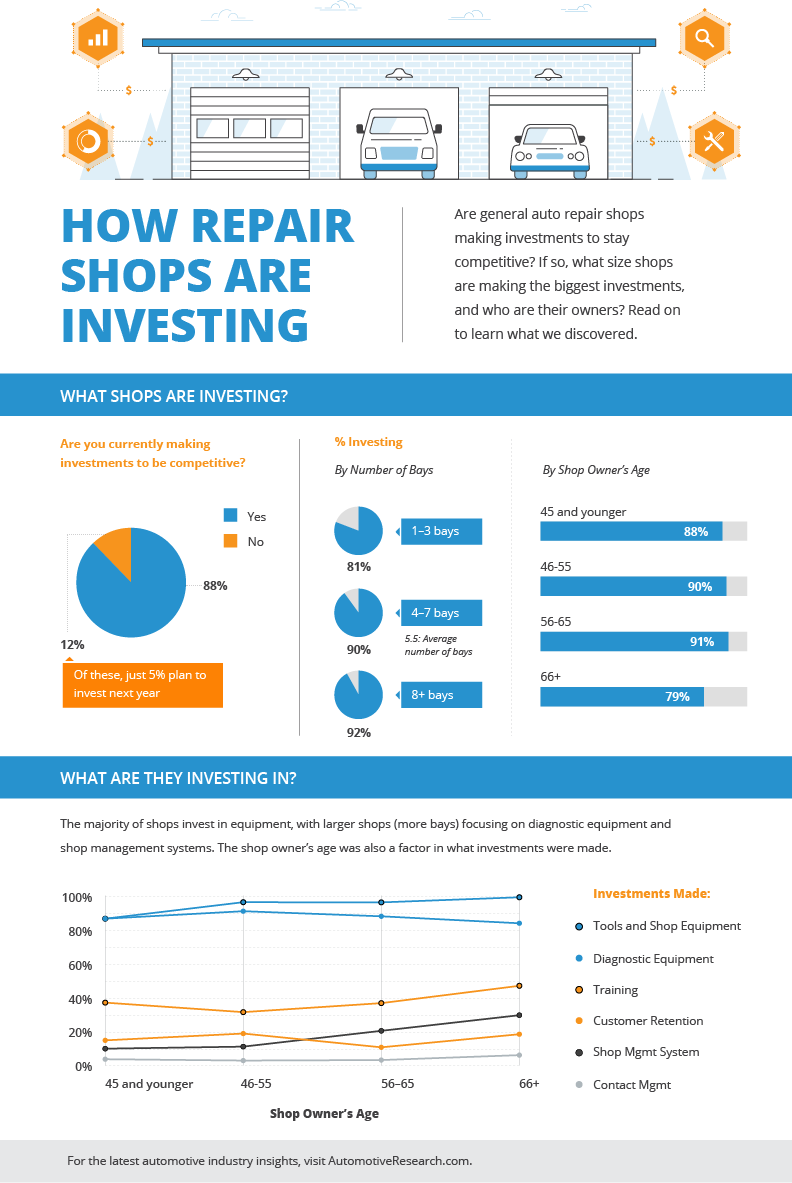Comprehending The Definition Behind Your Vehicle'S Caution Lights: A Comprehensive Appearance
Comprehending The Definition Behind Your Vehicle'S Caution Lights: A Comprehensive Appearance
Blog Article
Content Created By-Faulkner Gilbert
When you lag the wheel, those radiant warning lights on your dashboard can be a bit difficult. Do you recognize what they're attempting to inform you concerning your cars and truck's health and wellness? Recognizing the relevance of these lights is important for your security and the longevity of your vehicle. So, the next time one of those lights pops up, wouldn't you want to understand its message accurately and take the needed actions to resolve it?
Common Warning Lighting and Interpretations
Recognize common warning lights in your auto and understand their definitions to make sure risk-free driving.
The most normal caution lights include the check engine light, which signals concerns with the engine or exhausts system. If this light begins, it's essential to have your automobile examined promptly.
The oil pressure alerting light shows reduced oil pressure, needing immediate attention to stop engine damage.
A flashing battery light might suggest a faulty billing system, potentially leaving you stranded otherwise dealt with.
The tire pressure surveillance system (TPMS) light signals you to reduced tire pressure, influencing lorry security and gas performance. Neglecting this could bring about unsafe driving problems.
The ABS light suggests a problem with the anti-lock stopping system, endangering your ability to quit quickly in emergencies.
Last but not least, the coolant temperature level advising light warns of engine overheating, which can lead to extreme damage otherwise resolved quickly.
Recognizing these typical caution lights will help you address issues without delay and keep risk-free driving problems.
Relevance of Prompt Focus
Comprehending the common caution lights in your auto is just the first step; the significance of without delay resolving these warnings can not be emphasized sufficient to ensure your security on the road.
When a warning light illuminates on your dashboard, it's your cars and truck's way of communicating a potential concern that requires attention. Ignoring these warnings can cause extra serious problems later on, compromising your safety and possibly costing you a lot more out of commission.
Trigger interest to alerting lights can stop malfunctions and mishaps. For instance, a blinking check engine light can show a misfire that, if left neglected, could create damage to the catalytic converter. Resolving this quickly can save you from an expensive fixing.
Similarly, see this page alerting light may indicate reduced brake liquid or used brake pads, vital components for your security when driving.
DIY Troubleshooting Tips
If you notice a caution light on your dashboard, there are a couple of DIY troubleshooting pointers you can attempt before looking for professional aid.
The initial step is to consult your cars and truck's manual to recognize what the certain warning light shows. In some cases the issue can be as straightforward as a loose gas cap setting off the check engine light. Tightening the gas cap may settle the trouble.
Another usual problem is a low battery, which can cause different cautioning lights. Examining the battery connections for deterioration and guaranteeing they're safe and secure may fix the issue.
If a warning light continues, you can attempt resetting it by disconnecting the car's battery for a few mins and then reconnecting it. Additionally, inspecting mouse click the next page , such as oil, coolant, and brake fluid, can assist troubleshoot advising lights related to these systems.
Final thought
To conclude, comprehending your auto's warning lights is essential for maintaining your vehicle running efficiently and safely. By promptly dealing with these signals and understanding what they indicate, you can stay clear of costly repair services and prospective failures.
Keep in mind to consult your cars and truck's handbook for specific details on each cautioning light and do something about it accordingly to guarantee a trouble-free driving experience.
Keep educated, remain risk-free when driving!
